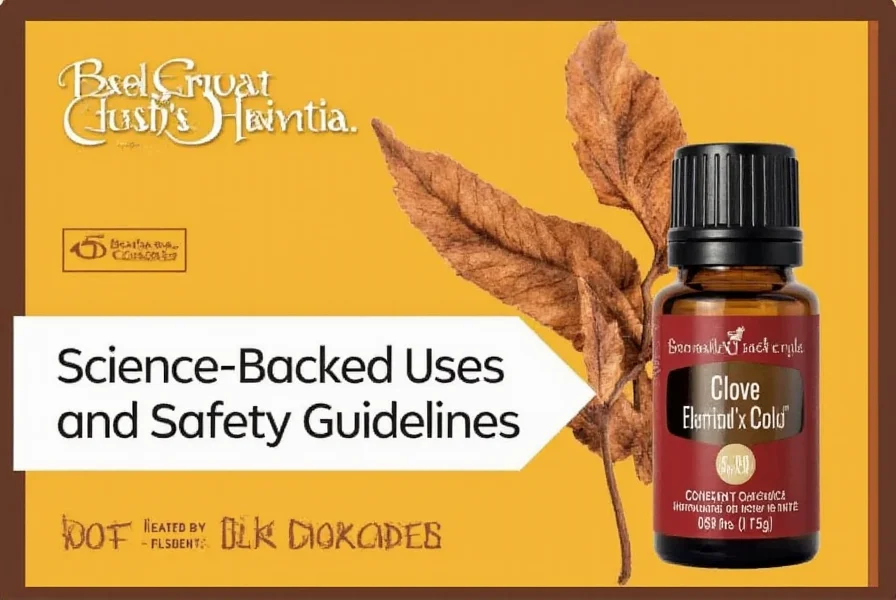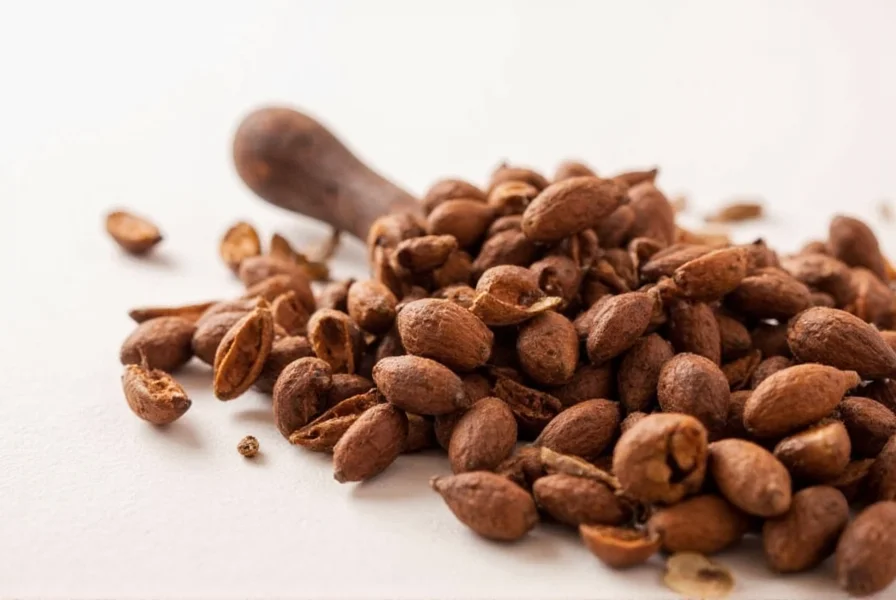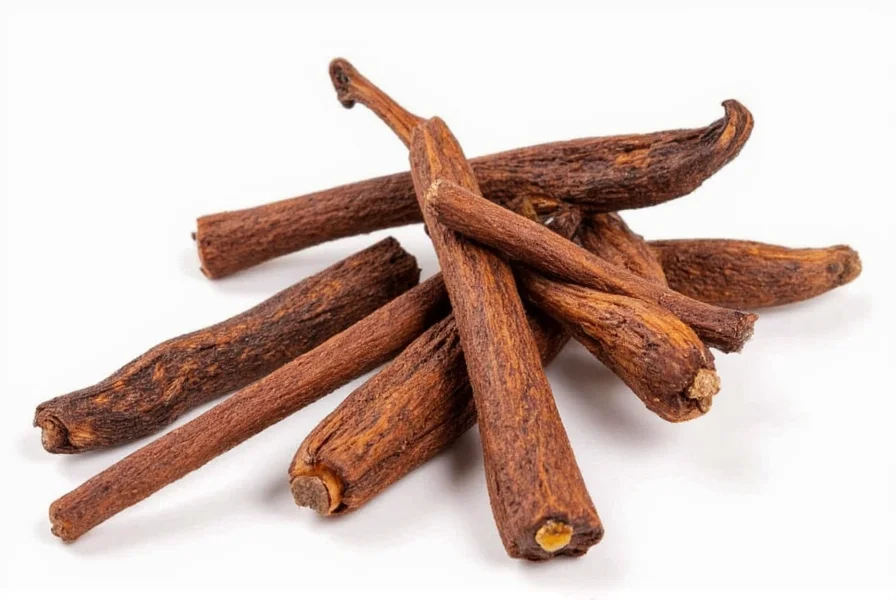Understanding Clove Essential Oil Composition and Extraction
Clove essential oil originates from the dried flower buds of the Syzygium aromaticum tree, primarily cultivated in Indonesia, Madagascar, and Tanzania. The oil extraction process typically involves steam distillation, yielding approximately 15-20% essential oil from the raw buds. Chemical analysis reveals eugenol constitutes 70-90% of the oil's composition, with minor components including eugenyl acetate (5-15%) and beta-caryophyllene (5-12%). This specific chemical profile determines both the therapeutic potential and safety considerations when using clove bud oil for aromatherapy or topical applications.

Scientifically Documented Properties and Applications
Multiple peer-reviewed studies have investigated clove oil's biological activities. Research published in the Journal of Contemporary Dental Practice confirms its effectiveness as a temporary dental analgesic, with eugenol's mechanism involving transient receptor potential channel modulation. The oil demonstrates significant antimicrobial activity against oral pathogens like Streptococcus mutans, making it valuable in natural oral care formulations. When properly diluted, clove essential oil for toothache relief provides temporary comfort, though it doesn't replace professional dental treatment for underlying issues.
Additional research in Food Chemistry documents its antioxidant capacity, with an ORAC value of approximately 1,000 μmol TE/g, contributing to its use as a natural food preservative. The oil's anti-inflammatory properties, particularly through inhibition of COX-2 enzymes, support its traditional use in managing minor inflammatory conditions when appropriately diluted.
| Application | Recommended Dilution | Frequency | Notes |
|---|---|---|---|
| Dental pain relief | 0.5-1% in carrier oil | 2-3 times daily | Apply with cotton swab; avoid prolonged contact |
| Surface disinfection | 1-2% in water | As needed | Test on small area first; not for food surfaces |
| Aromatherapy | 3-5 drops in diffuser | 30-60 minutes | Ensure proper ventilation; avoid continuous use |
Critical Safety Guidelines for Responsible Use
Clove essential oil safety considerations cannot be overstated due to its high eugenol concentration. Undiluted application causes chemical burns in 72% of test subjects according to Food and Chemical Toxicology research. The maximum safe dermal concentration is 2% for adults, with lower concentrations (0.5%) recommended for facial applications. Children under 12 should avoid topical use entirely, and pregnant women should consult healthcare providers before use due to potential uterine stimulation effects.
Never ingest clove essential oil without supervision from a qualified healthcare professional. Cases of eugenol toxicity from ingestion include liver damage, respiratory distress, and seizures, particularly in children. The FDA recognizes clove oil as generally safe for food flavoring at concentrations below 0.03%, but therapeutic internal use requires professional guidance. Always perform a patch test 24 hours before broader application to check for sensitivity.
Selecting High-Quality Clove Essential Oil
When choosing clove essential oil for therapeutic use, verify these quality indicators: GC/MS (gas chromatography/mass spectrometry) reports showing 70-90% eugenol content, botanical name Syzygium aromaticum on the label, and dark glass packaging to prevent light degradation. Reputable suppliers provide batch-specific testing documentation rather than generic quality claims. Be wary of products labeled "fragrance oil" or those priced significantly below market rate, as these often contain synthetic additives.
Proper storage maintains efficacy—keep bottles tightly sealed in a cool, dark place. Quality clove oil retains potency for 12-18 months, though refrigeration can extend shelf life to 24 months. Signs of degradation include color change from pale yellow to dark amber and diminished aromatic intensity. For dental applications specifically, look for products that specify they're suitable for oral use, as some extraction methods leave residual solvents inappropriate for mucous membrane contact.

Practical Integration into Daily Wellness Routines
When incorporating clove essential oil benefits into your wellness regimen, start with low concentrations and monitor your body's response. For temporary tooth discomfort, dilute one drop in one teaspoon of carrier oil (like coconut or olive oil) and apply with a cotton swab to the affected area for no more than 20 minutes. In household cleaning, combine 10 drops with one cup of water and ¼ cup white vinegar for an effective natural surface cleaner.
Aromatherapy applications require careful consideration—clove oil's intense aroma can cause headaches in sensitive individuals. Limit diffusion sessions to 30 minutes with adequate room ventilation. For respiratory support during cold season, add 2-3 drops to a bowl of steaming water, drape a towel over your head, and inhale the vapor for 5-10 minutes. Remember that essential oils complement but don't replace conventional medical care, especially for persistent health concerns.











 浙公网安备
33010002000092号
浙公网安备
33010002000092号 浙B2-20120091-4
浙B2-20120091-4